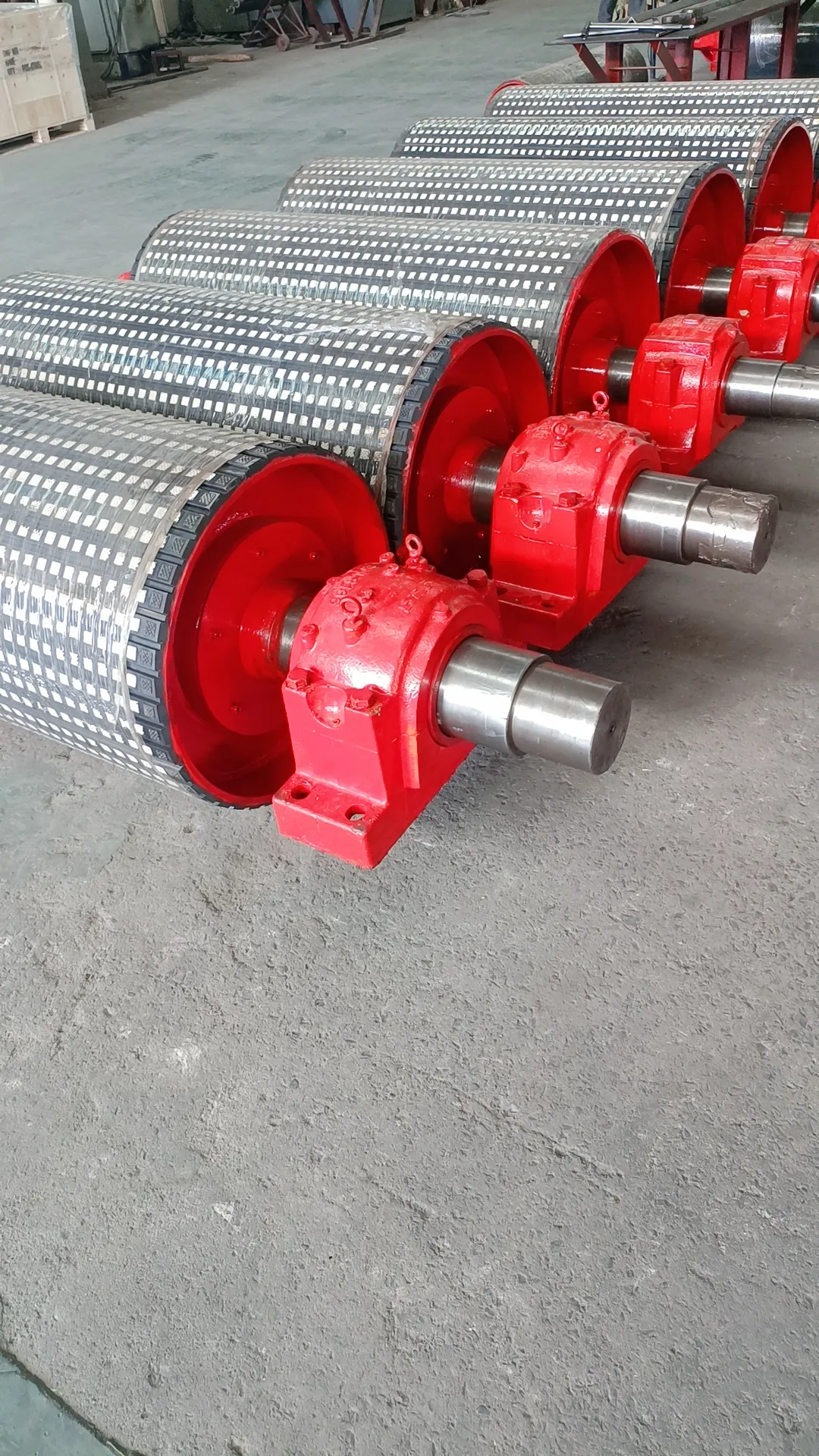 Afrikaans
Afrikaans  Albanian
Albanian  Amharic
Amharic  Arabic
Arabic  Armenian
Armenian  Azerbaijani
Azerbaijani  Basque
Basque  Belarusian
Belarusian  Bengali
Bengali  Bosnian
Bosnian  Bulgarian
Bulgarian  Catalan
Catalan  Cebuano
Cebuano  Corsican
Corsican  Croatian
Croatian  Czech
Czech  Danish
Danish  Dutch
Dutch  English
English  Esperanto
Esperanto  Estonian
Estonian  Finnish
Finnish  French
French  Frisian
Frisian  Galician
Galician  Georgian
Georgian  German
German  Greek
Greek  Gujarati
Gujarati  Haitian Creole
Haitian Creole  hausa
hausa  hawaiian
hawaiian  Hebrew
Hebrew  Hindi
Hindi  Miao
Miao  Hungarian
Hungarian  Icelandic
Icelandic  igbo
igbo  Indonesian
Indonesian  irish
irish  Italian
Italian  Japanese
Japanese  Javanese
Javanese  Kannada
Kannada  kazakh
kazakh  Khmer
Khmer  Rwandese
Rwandese  Korean
Korean  Kurdish
Kurdish  Kyrgyz
Kyrgyz  Lao
Lao  Latin
Latin  Latvian
Latvian  Lithuanian
Lithuanian  Luxembourgish
Luxembourgish  Macedonian
Macedonian  Malgashi
Malgashi  Malay
Malay  Malayalam
Malayalam  Maltese
Maltese  Maori
Maori  Marathi
Marathi  Mongolian
Mongolian  Myanmar
Myanmar  Nepali
Nepali  Norwegian
Norwegian  Norwegian
Norwegian  Occitan
Occitan  Pashto
Pashto  Persian
Persian  Polish
Polish  Portuguese
Portuguese  Punjabi
Punjabi  Romanian
Romanian  Russian
Russian  Samoan
Samoan  Scottish Gaelic
Scottish Gaelic  Serbian
Serbian  Sesotho
Sesotho  Shona
Shona  Sindhi
Sindhi  Sinhala
Sinhala  Slovak
Slovak  Slovenian
Slovenian  Somali
Somali  Spanish
Spanish  Sundanese
Sundanese  Swahili
Swahili  Swedish
Swedish  Tagalog
Tagalog  Tajik
Tajik  Tamil
Tamil  Tatar
Tatar  Telugu
Telugu  Thai
Thai  Turkish
Turkish  Turkmen
Turkmen  Ukrainian
Ukrainian  Urdu
Urdu  Uighur
Uighur  Uzbek
Uzbek  Vietnamese
Vietnamese  Welsh
Welsh  Bantu
Bantu  Yiddish
Yiddish  Yoruba
Yoruba  Zulu
Zulu Essential Components for Efficient Conveyor System Operations and Maintenance
Understanding Conveyor System Parts A Comprehensive Guide
Conveyor systems are essential components in various industries, from manufacturing to warehousing and distribution. They facilitate the efficient transportation of materials, goods, and products across different stages of production and logistics. To understand how conveyor systems work, it is crucial to delve into their parts, which play specific roles to ensure smooth operations.
1. Belt
At the heart of most conveyor systems lies the belt. The belt is the primary transport medium that moves items from one point to another. Conveyor belts can be made of various materials, including rubber, plastic, metal, or fabric, depending on the application. The choice of belt material affects the system's durability, flexibility, and ability to handle specific types of loads. For instance, a rubber belt may offer excellent grip and resistance to abrasion, making it suitable for heavy-duty applications.
2. Pulleys
Pulleys are another vital component of conveyor systems. They are used to drive and redirect the conveyor belt. Typically, a conveyor system will have at least two pulleys the drive pulley and the idler pulley. The drive pulley is connected to a motor that powers the system, while the idler pulley helps to support the belt and maintain its tension. Proper alignment and adjustment of these pulleys are essential for preventing belt wear and ensuring that the system operates smoothly.
3. Motors
The motor is the powerhouse of the conveyor system. It drives the pulleys, which in turn moves the belt. Depending on the application, various types of motors can be used, such as AC motors, DC motors, or servo motors. The choice of motor affects the speed and torque of the conveyor system, making it crucial to select the right one to match operational requirements.
4. Frames and Supports
conveyor system parts

The frame of a conveyor system provides structural support and stability. Made from materials like steel or aluminum, the frame keeps all components in place while enduring the stresses of operation. It is also designed to accommodate the specific layout and dimensions of the facility where it is installed. Proper frame design can enhance the overall efficiency and reliability of the conveyor system.
5. Rollers
Rollers are used to support the conveyor belt and its load. They are placed at regular intervals along the conveyor line and can be either powered or unpowered. Powered rollers help move the load efficiently, while unpowered rollers facilitate smooth movement of items down the conveyor. The configuration and quality of the rollers can significantly impact system performance, especially in high-speed applications.
6. Sensors and Controls
Modern conveyor systems often integrate sensors and control systems to enhance automation and efficiency. Sensors can detect the presence of items on the conveyor, measure weight, or monitor speed. They provide essential feedback to the control system, which can adjust the operation to optimize performance. This integration of technology not only increases efficiency but also reduces the likelihood of errors and malfunctions.
7. Safety Features
Safety is paramount in any industrial setting, and conveyor systems are no exception. Various safety features can be implemented, including emergency stop buttons, guards to prevent accidental contact with moving parts, and safety alarms. Implementing these features protects workers and minimizes the risk of accidents, ensuring a safe working environment.
Conclusion
Understanding the parts of conveyor systems is vital for anyone involved in their design, maintenance, or operation. Each component—from the belt to the motor, pulleys, and safety features—plays a significant role in the overall efficiency and reliability of the system. By ensuring that each part is functioning correctly and is appropriately maintained, industries can maximize productivity, reduce downtime, and improve safety in their operations. Whether used for material transportation in a factory, distribution center, or other settings, a well-designed conveyor system is critical for success in today’s fast-paced industrial environment.
-
Revolutionizing Conveyor Reliability with Advanced Rubber Lagging PulleysNewsJul.22,2025
-
Powering Precision and Durability with Expert Manufacturers of Conveyor ComponentsNewsJul.22,2025
-
Optimizing Conveyor Systems with Advanced Conveyor AccessoriesNewsJul.22,2025
-
Maximize Conveyor Efficiency with Quality Conveyor Idler PulleysNewsJul.22,2025
-
Future-Proof Your Conveyor System with High-Performance Polyurethane RollerNewsJul.22,2025
-
Driving Efficiency Forward with Quality Idlers and RollersNewsJul.22,2025





























